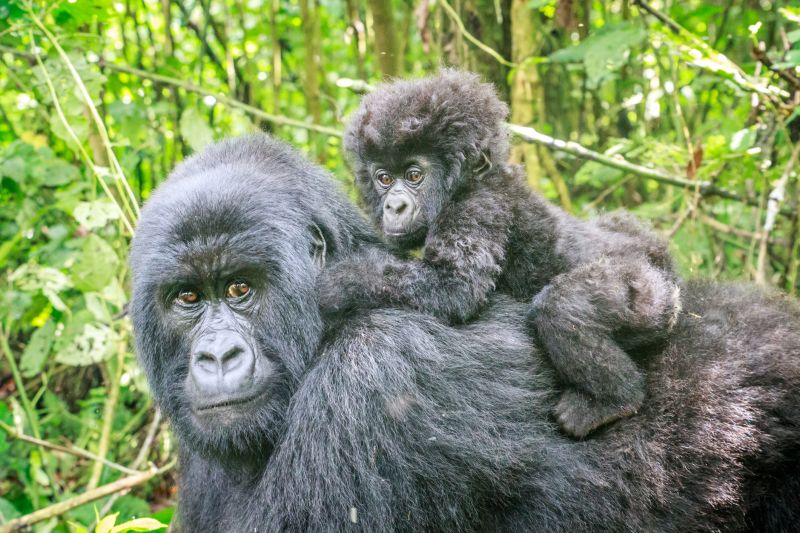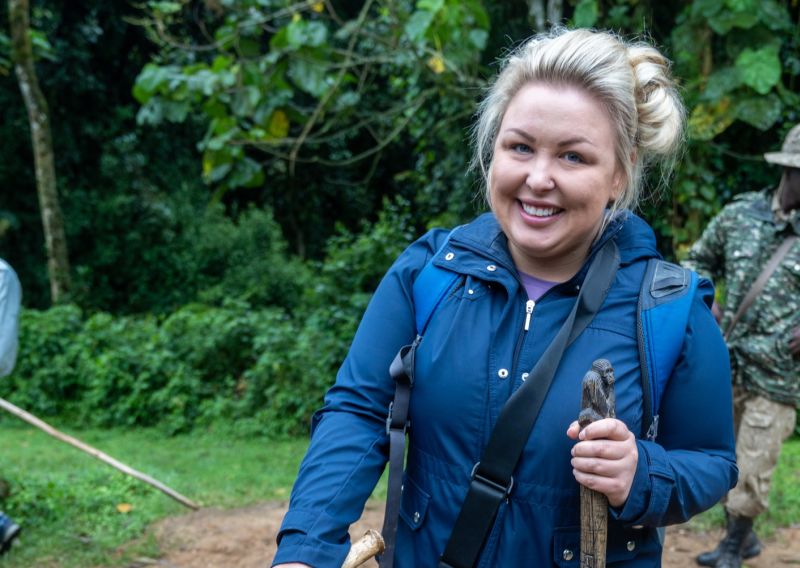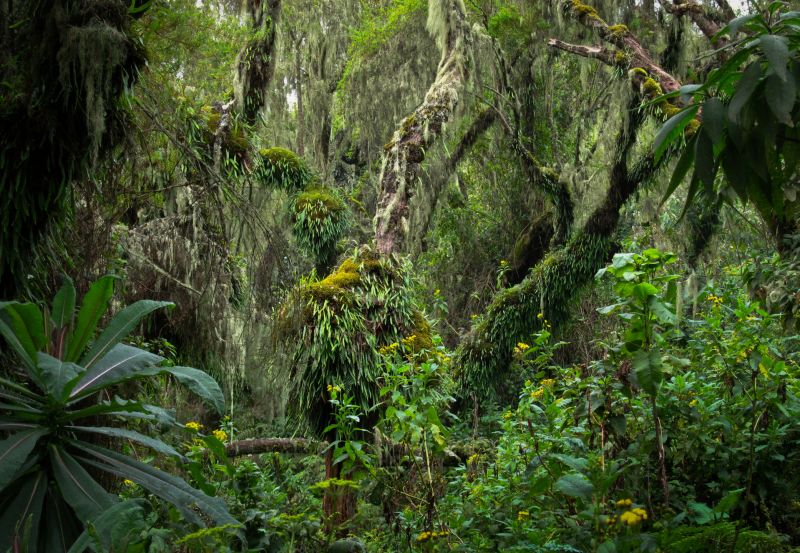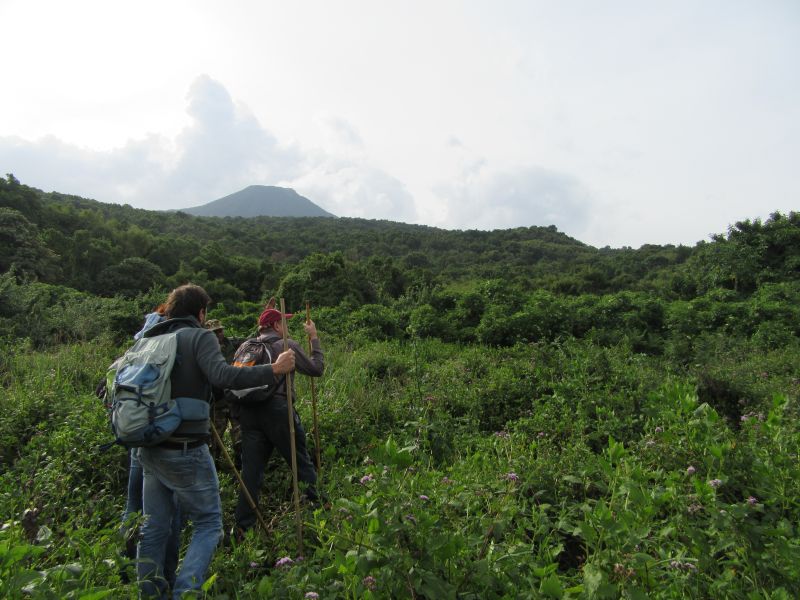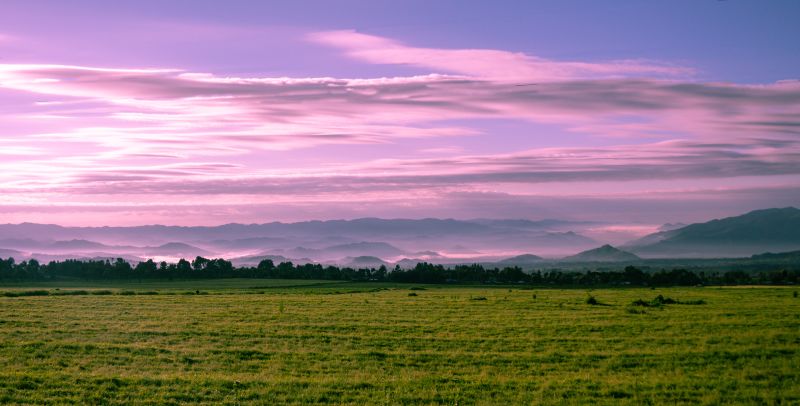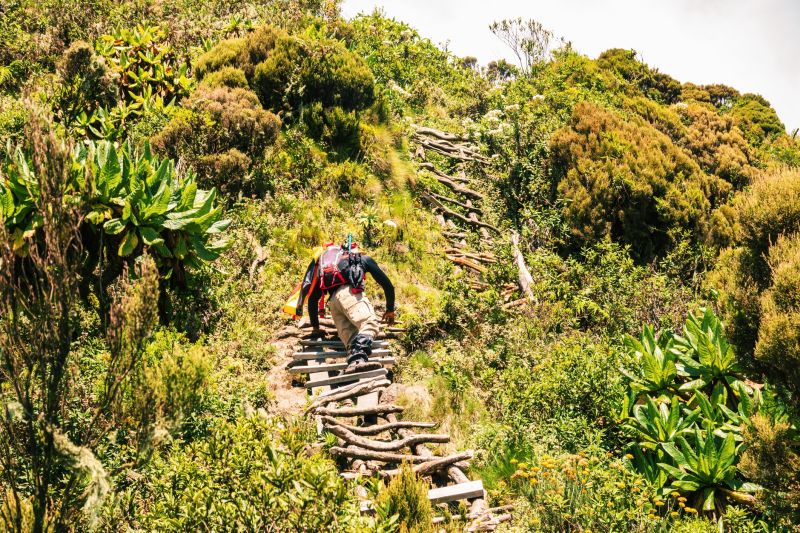There are long and short treks
Mountain gorillas live in dense, protected rainforests that cover a handful of mountain ranges in Central and East Africa. So any trek to find them involves a decent bit of effort.
Depending on the country and gorilla park you visit, you will have a shorter or longer route to hike to find the habituated gorilla troop assigned to your trekking group for that day.
Occasionally, a gorilla trek requires you to hike for just about 30 minutes each way, because the troop lives nearby and has also moved closer to your starting point. At other times, it might require trekking for hours to find your assigned troop, and that hike could involve plenty of steep climbs.
A gorilla trek may require effort, but it's always effort well rewarded!
The good news is that there are certain parks, like Bwindi Impenetrable National Park in Uganda, where there are multiple gorilla troops and you can request to go on one of the shorter or longer routes. Provided you book early enough, the park's staff should be able to accommodate your preference.
The path (when there is one!) can be tricky
An aspect of gorilla trekking that makes it a little harder than other treks of similar duration is that the path can be really rough underfoot. Think deep furrows, loose stones, slippery rocks, thick, sucking mud, exposed roots and streams that must be crossed. So you want to be fairly steady on your feet or you could feel quite nervous.
Some gorilla trekkers like to carry a walking stick for extra stability
Also, the last section of a gorilla trek often involves a bit of bushwhacking, since gorillas don't care to hang out in a spot that's easy for you! While your trek guide will lead the way by hacking a bit of a path with a machete, it's a good idea to have hardy gloves with you so that you can move aside vegetation without worrying yourself over thorns and anything else inclined to cut or poke you.
A gorilla trek sees you hike (and sometimes bushwhack) through dense rainforest
You can hire a porter to make the trek easier
As we discuss in Your complete list of what to pack for gorilla trekking, you're going to carry a backpack that you use to carry your drinking water, snacks or lunch, your camera, insect repellent, any rain gear you're not wearing, and anything else you consider essential. So please factor in this extra weight.
That said, one of the nice things about gorilla trekking is that you can make the hike easier for yourself by hiring the services of a porter. The exact price will depend on which country and park you're visiting, but porters aren't expensive.
A porter will not only carry your backpack for you, but is also there to help you navigate steep, slick or otherwise treacherous sections of the hike.
You usually start the trek alongside farmland and then ascend into the forest
Gorilla trekking in the Virungas is harder
The mountain gorillas of the Virunga mountains live at higher altitude than those of Bwindi Forest.
More specifically, the Virunga mountain gorillas live at around 2,500 to 3,400 m above sea level, while those of Bwindi live below 2,600 m. Generally speaking, it's only around 3,000 m that people start to feel fatigued from the altitude (unless they're used to being that high), so you won't have any altitude-related issues if you go gorilla trekking in Bwindi.
Gorilla trekking in the Virungas is a little tougher because of the high altitude. This is especially the case if you've just flown into the region and aren't yet acclimatised.
The Virunga Mountains of Volcanoes National Park
If you're at all worried about the altitude, we recommend doing a gorilla trek in Bwindi Forest in Uganda. The hikes here tend to be a bit muddier, but you're well below any elevation that could potentially make you feel iffy.
On the other hand, if you love hiking, we recommend heading to Mgahinga National Park in Uganda or Volcanoes National Park in Rwanda for your gorilla trek. Both of these parks cover part of the Virunga Mountains, which offer truly incredible hiking trails, like that leading to the summit of Mt Sabyinyo.
Tackling the climb up Mt Sabyinyo in Mgahinga Gorilla National Park
For further detail to help you decide where exactly to go gorilla trekking, please read Where do gorillas live? and Gorilla trekking in Uganda vs Rwanda – which is better?


